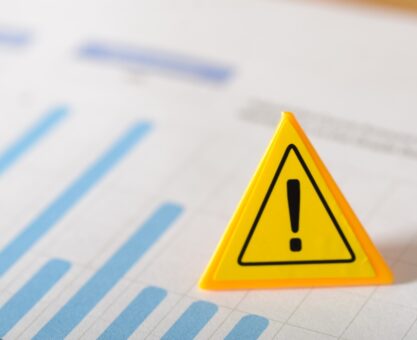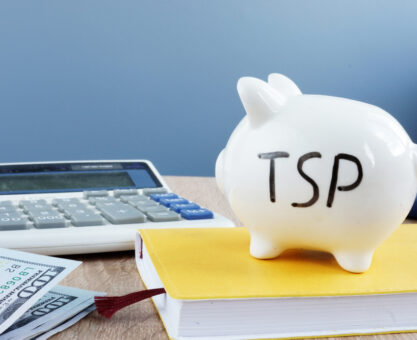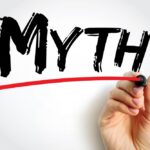If you decided against contributing to the Roth TSP because you believe you’ll be in a lower tax bracket in retirement, you may want to reconsider. All three sources of your federal retirement income are subject to income taxes: your monthly FERS annuity (pension) and Social Security plus distributions from your traditional TSP. Add in any income from a spouse’s 401(k) and other investments you may have, odds are you may be in the same tax bracket, or a higher one, in retirement. It may be time to give the Roth TSP a second look.
Withdrawals From The Roth TSP Are Tax-Free In Retirement
Since contributions to a Roth TSP are deducted from after-tax earnings, you’re paying taxes now based on your current income tax rate. This means Roth TSP distributions in retirement are tax free. With the Trump Tax Cuts expiring at the end of 2025, and the age for RMDs increasing to 75 in 2033, the taxes you’ll owe on 100% of your traditional TSP distributions may be a lot higher than you think.
The Roth TSP Has Advantages Over A Roth IRA
The biggest advantage is that you get the employer match when you contribute to the Roth TSP. That’s something you don’t get with a Roth IRA. Keep in mind, since the employer match is not taxed, it’s deposited into your traditional TSP balance and taxed upon withdrawal. Though income is a factor when contributing to a Roth IRA, there is no income threshold when contributing to the Roth TSP. And fees for Roth IRAs are usually higher than the traditionally low Roth TSP fees.
“When you withdraw from your Roth TSP balance, you don’t owe taxes on your contributions or any qualified earnings.”
Your Roth TSP Balance Is A Tax-Free Emergency Fund
Financial experts agree that retirees need emergency funds to cover unexpected, pricey expenses that often crop up. If you tap your traditional TSP balance to pay for an emergency, you’ll owe taxes on the withdrawal and it may bump you into a higher tax bracket. When you withdraw from your Roth TSP balance, you don’t owe taxes on your contributions or any qualified earnings.
The SECURE Act 2.0 Ended RMDs From The Roth TSP
As of January 1, 2024, federal retirees no longer have to take Required Minimum Distributions(RMDs) from their Roth TSP. Roth RMDs never really made sense, considering distributions are tax-free, anyway. Now that your Roth TSP nest egg can grow as long as you want, it eases the tax burden on your beneficiaries when you pass away.
Connect with an FRC® trained advisor to learn more about adding the Roth TSP to your retirement strategy.


























